For the Miami Grand Prix, Lego built ten fully drivable F1 cars
Four million bricks and 22,000 hours of work: here’s how Lego created functional cars for the Formula 1 drivers’ parade
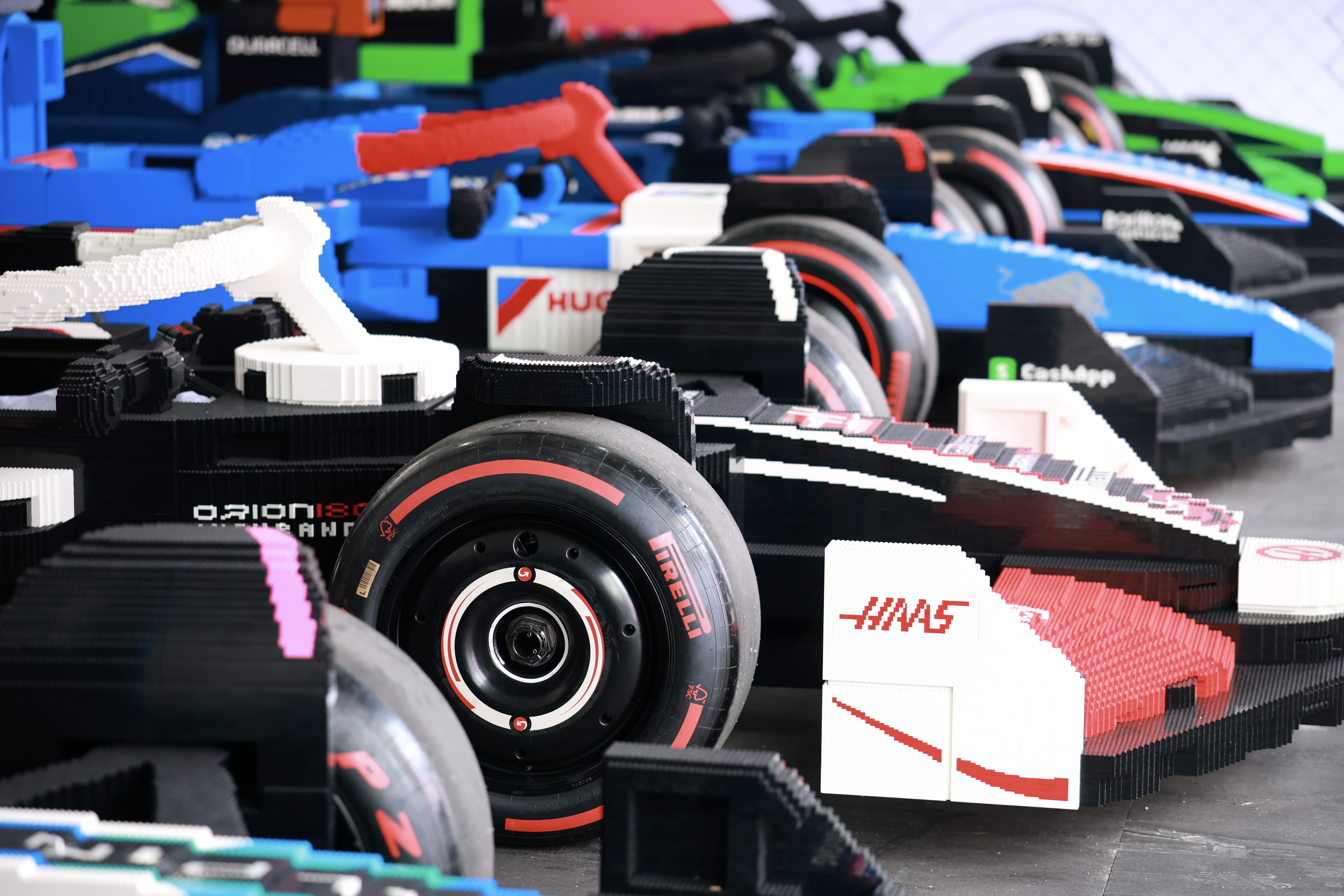
Fans of Formula 1 will have watched McLaren’s Oscar Piastri storm to victory in Miami over the weekend (2-4 May 2025) after taking the lead and never really being challenged again.
It was my first Grand Prix, and nothing could have prepared me for witnessing the raw power of the cars, which reach around 233mph. They appear as little more than flashes of colour as they whizz past, producing an almighty roar (I would recommend earplugs).
My F1 experience turned out to be one of the most memorable races in recent history, and not just because of Piastri’s clinical performance. Traditionally, drivers take a pre-race lap in a flatbed truck to wave at fans; in Miami, the truck was replaced by life-sized F1 cars made entirely out of Lego.
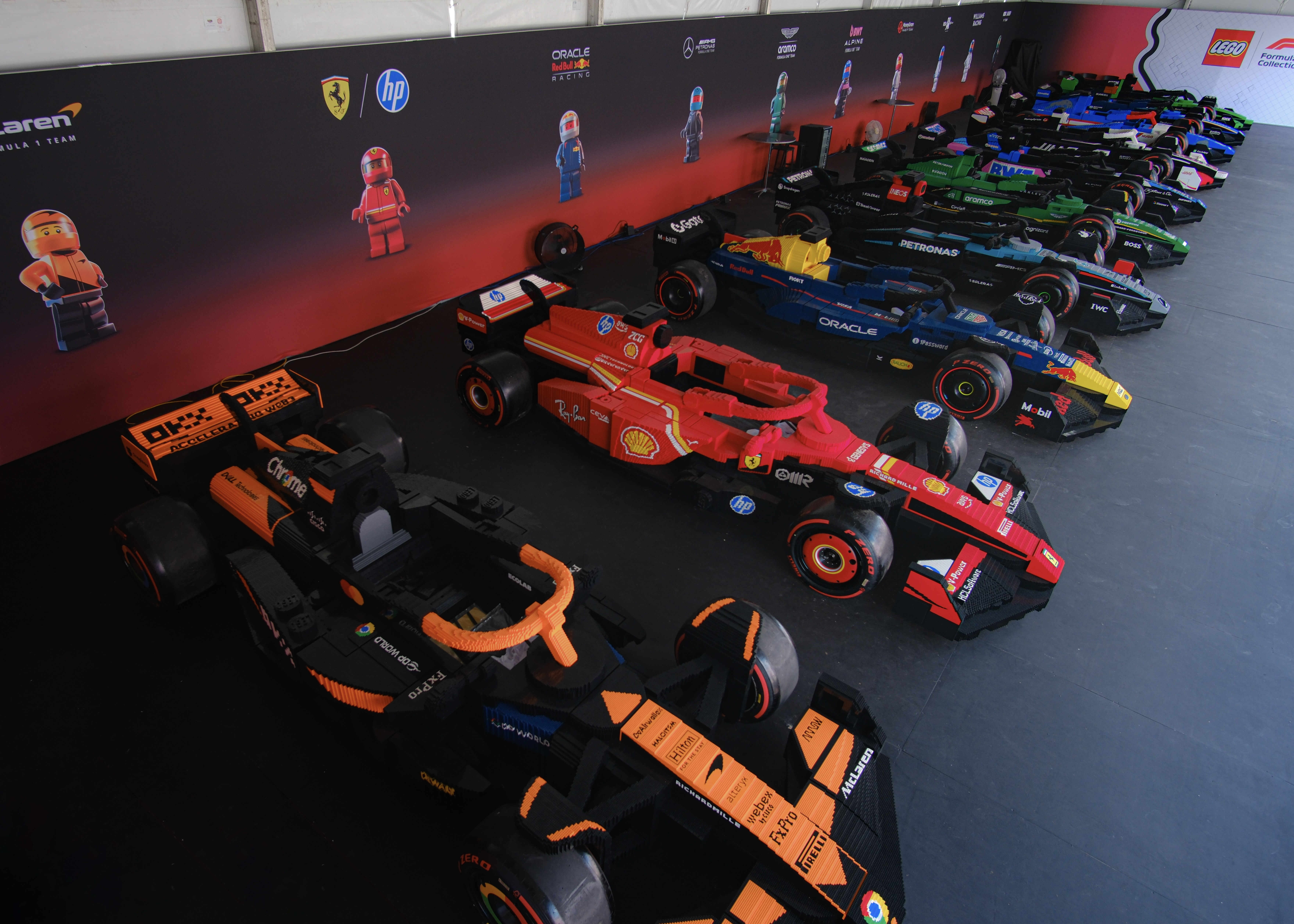
About four million bricks were used in the construction of ten fully functional cars (one for each team, with each car accommodating two drivers). Each weighs 1,500kg, just under twice as much as the real thing. They are perfect replicas of their F1 counterparts, each with their own colours, liveries and shapes (despite the fact that teams are notoriously secretive about their designs, they agreed to provide details for the sake of accuracy).
Each car had a team of 26 designers, engineers and builders working on it for a total of 2,000 hours. ‘It’s definitely a record for us, because it would usually take eight months to do one car,’ says Jonathan Jurion, senior designer at Lego.
The process of making the cars started with modelling software, he adds, before plans were passed to Lego’s builders in its factory in Kladno, Czech Republic, where many of the brand’s big builds, such as the ones featured in its theme parks, are created.
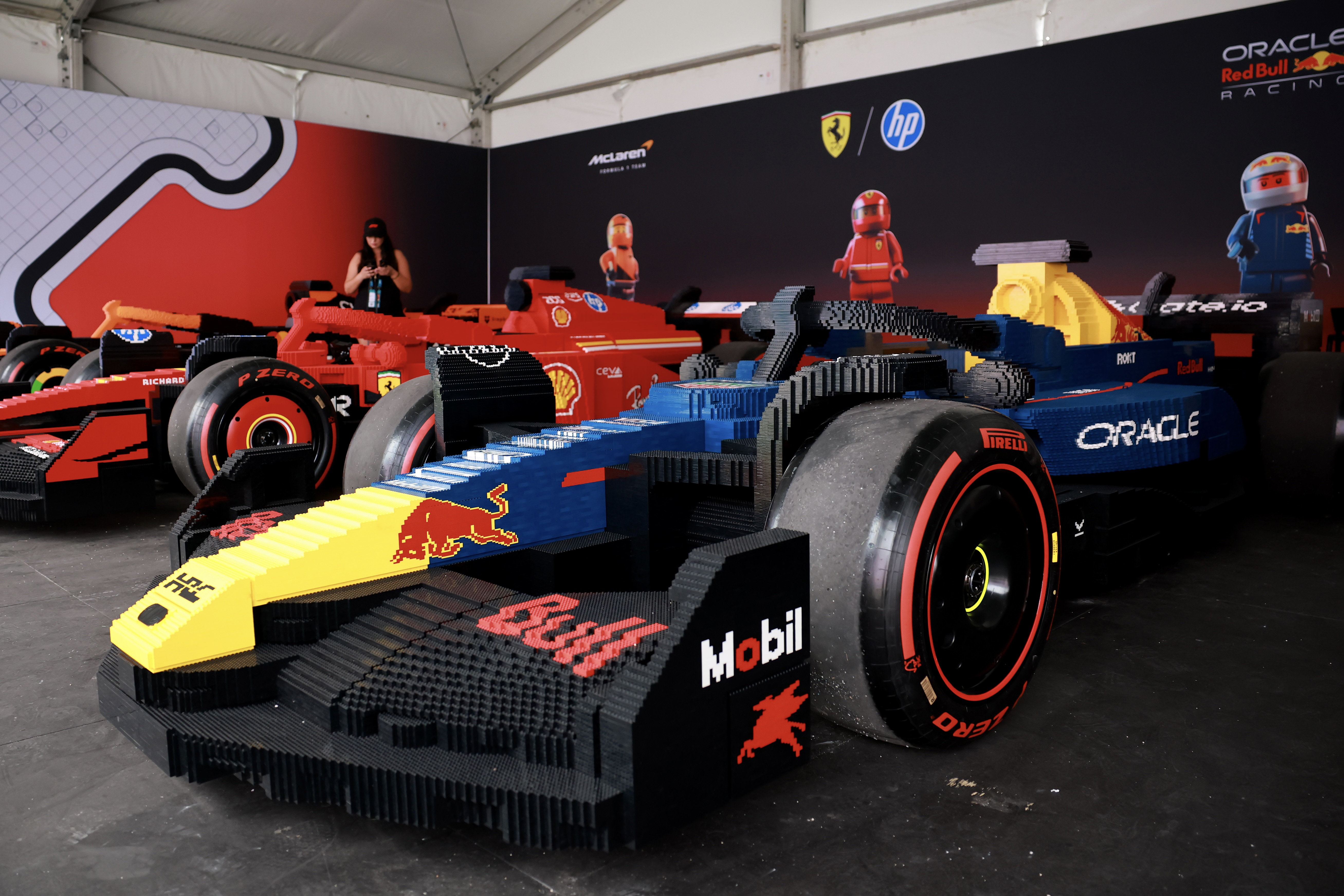
Because of the size of the cars (around 30 times bigger than the F1 Speed Champions toy on which they are based), they were not built in quite the same way as one might do it at home, but ‘layer by layer, like a house’, says Jurion. They were also constructed in sections – the cockpit, engine cover, front wing, rear structure and the halo – and then put together.
Receive our daily digest of inspiration, escapism and design stories from around the world direct to your inbox.
‘We glue the bricks together,’ the designer adds. ‘We don't want to lose any on the track!’ These proved to be famous last words as, during the driver’s parade, Lewis Hamilton’s car received a knock from Alpine’s Pierre Gasly, sending Lego flying.
It’s one thing to build an F1 car out of Lego, but to make it strong enough to drive at 20km per hour is quite another. ‘Our team of technical engineers needed to make sure that we could actually build these, because it's not an easy task,’ says Jurion. Each car contains a chassis, electric drivetrain, hydraulic brakes and a power steering system, as well as authentic Pirelli tires – these are the only non-Lego bits.
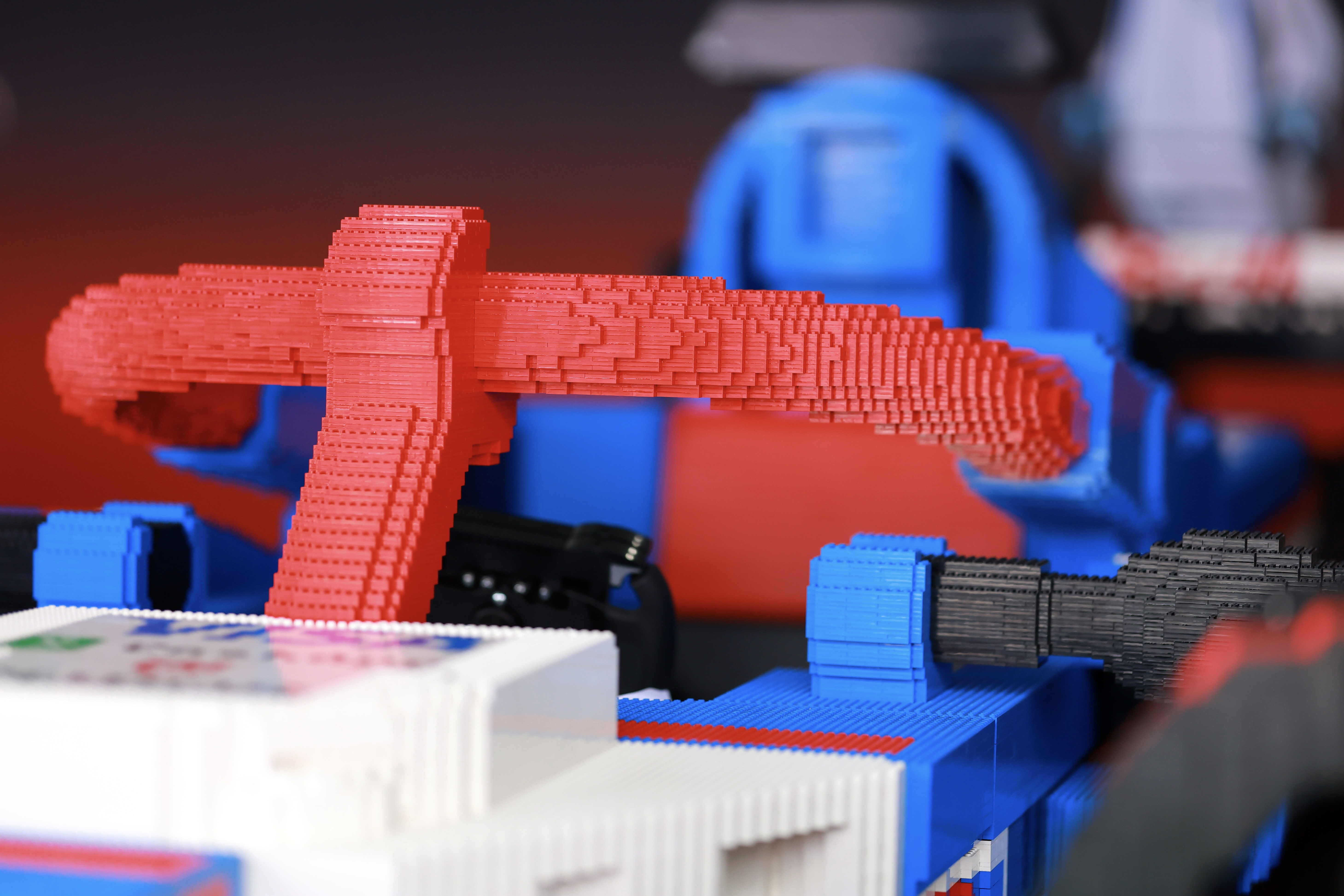
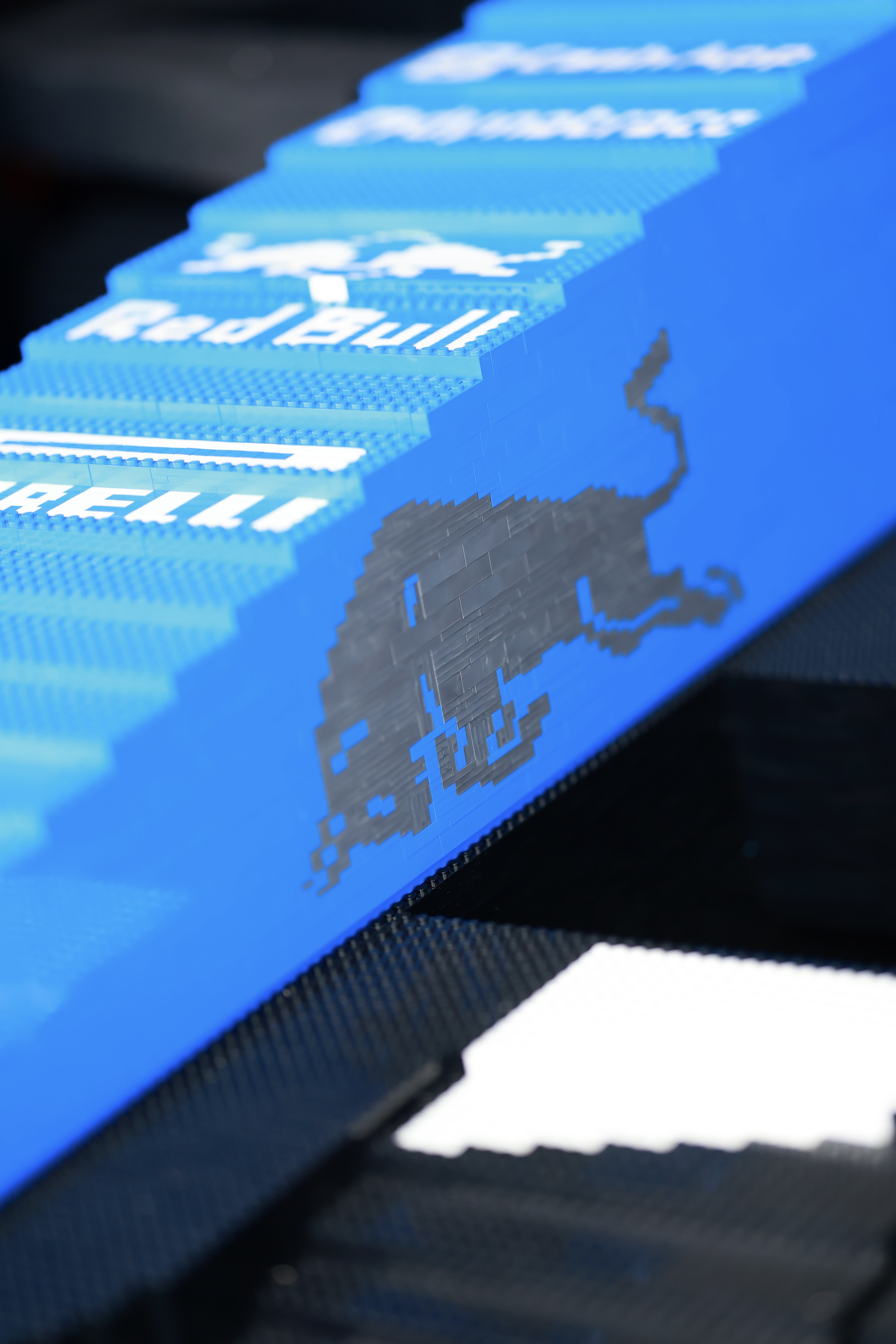
The Miami Grand Prix is like everything in the city: scaled up. Away from the high-performance vehicles of the track, Miami is full of hulking Suburbans and Tesla Cybertrucks. The buildings are huge and shiny, often with an art deco undertone – the city has plenty of architecture from this period, having undergone rapid development during the 1920s and 30s. You can see some of the best of it on Ocean Drive, a boulevard of kitschy buildings, vintage cars and neon-clad bars.
Elsewhere, the Wynwood district is full of graffiti murals and up-and-coming galleries, while Miami Design District is home to sleek design stores and fashion boutiques.
Little Havana is another highlight – the historic home of Miami’s Cuban population, which emigrated here after the Cuban Revolution of 1959. Calle Ochos is lined with cigar shops and traditional food spots (Old's Havana Cuban Bar & Cocina, a yellow-walled restaurant with glasses of mint and sugar lined up for quick distribution of mojitos, is a must). I also dined at Delilah while in Miami, which, with its pink velvet- and palm tree-filled interior (plus the fact that arguably the most famous couple in the world right now – Timothée Chalamet and Kylie Jenner – were said to be in the vicinity), couldn’t have been a more different experience.
From the moment I was picked up from the airport by an Uber driver dressed like Don Johnson in Miami Vice, I knew that I was going to like the city. The breathless enthusiasm of the F1 confirmed it, and seeing Hamilton crash a Lego car was the icing on the cake.
Anna Solomon is Wallpaper’s digital staff writer, working across all of Wallpaper.com’s core pillars. She has a special interest in interiors and curates the weekly spotlight series, The Inside Story. Before joining the team at the start of 2025, she was senior editor at Luxury London Magazine and Luxurylondon.co.uk, where she covered all things lifestyle and interviewed tastemakers such as Jimmy Choo, Michael Kors, Priya Ahluwalia, Zandra Rhodes, and Ellen von Unwerth.
-
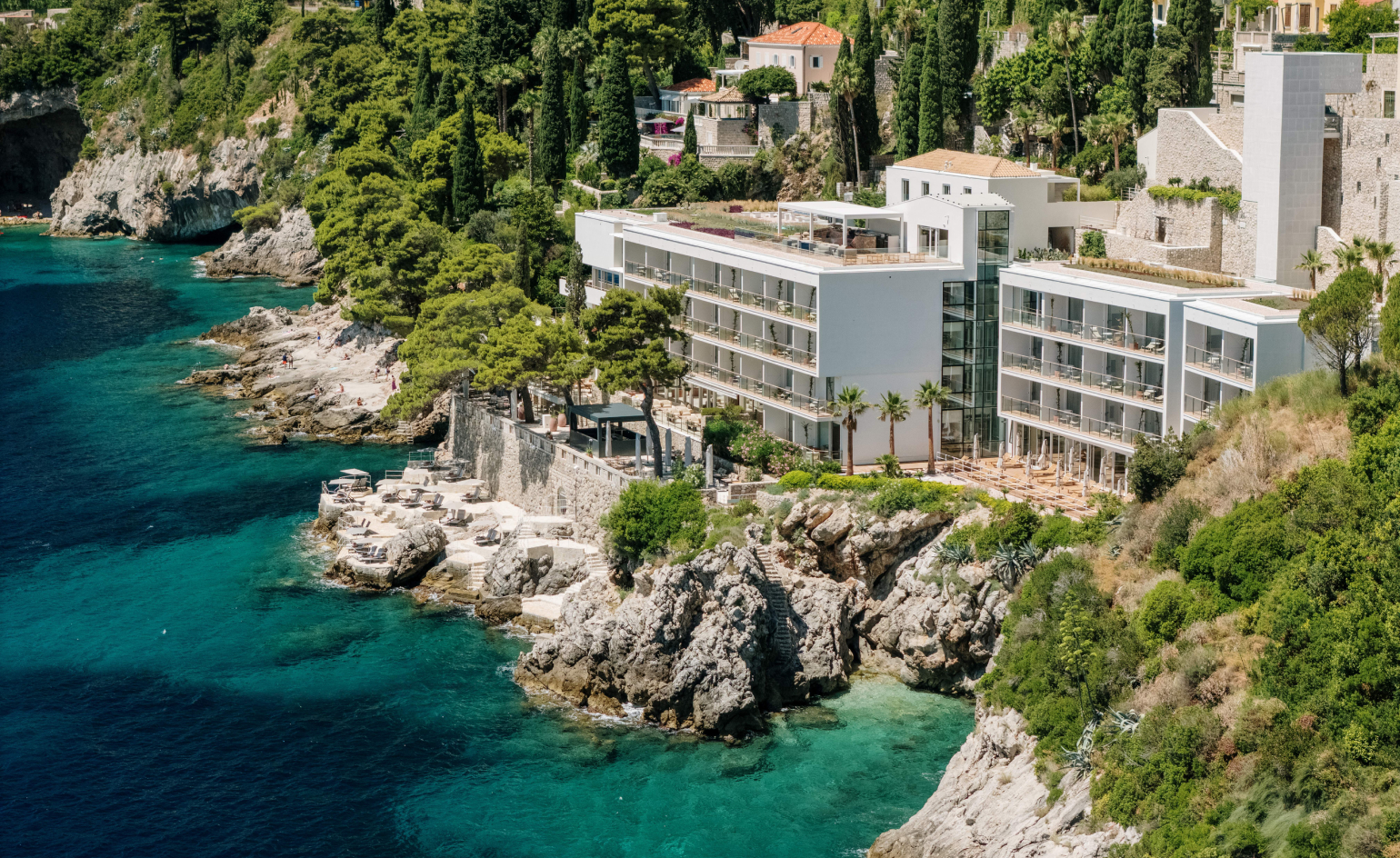 Arthur Casas reimagines Villa Dubrovnik as a modern Adriatic retreat
Arthur Casas reimagines Villa Dubrovnik as a modern Adriatic retreatThe Brazilian architect brings poetic restraint and light to Croatia’s most elegant coastal hotel
-
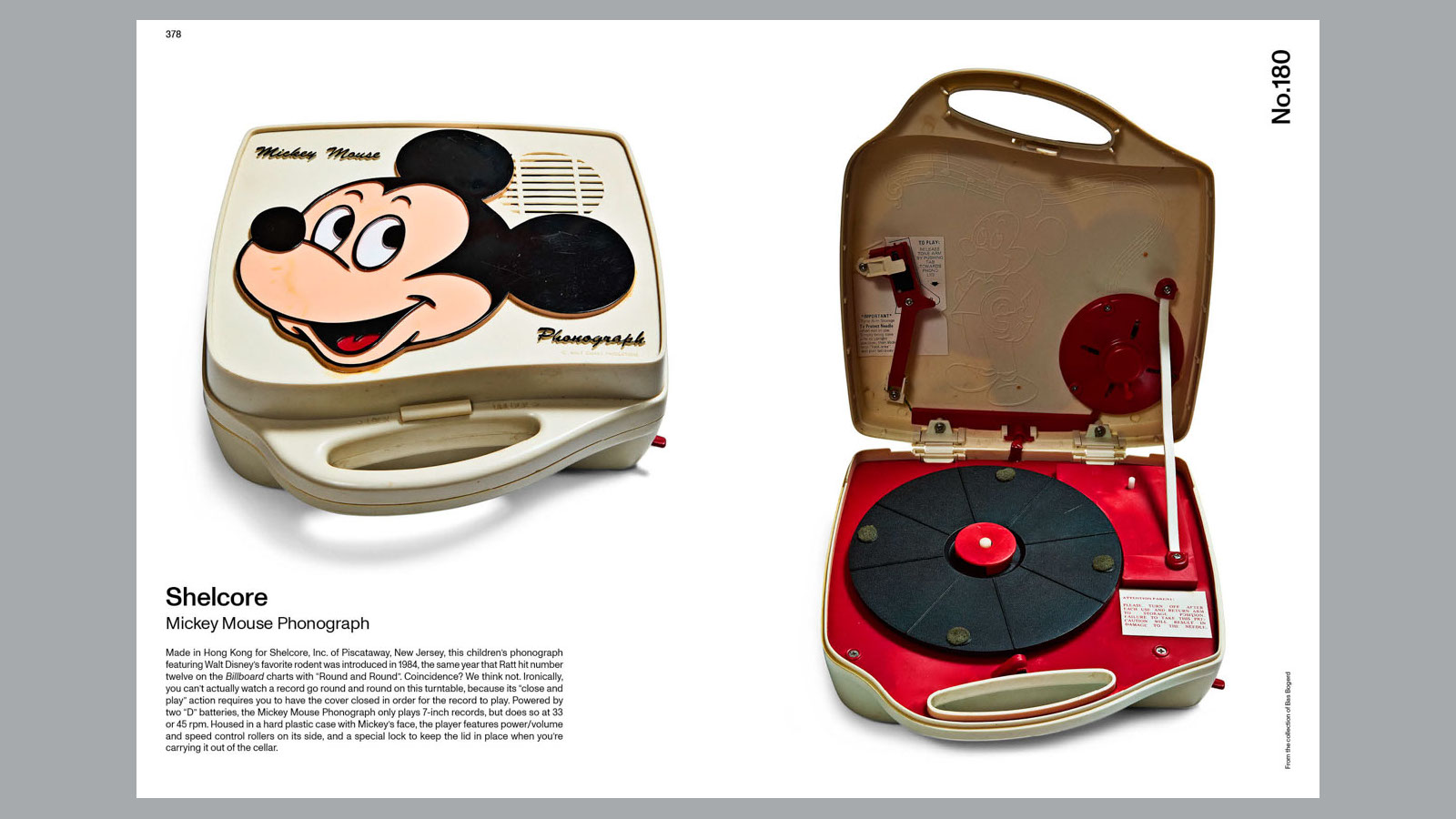 14 of the best new books for music buffs
14 of the best new books for music buffsFrom music-making tech to NME cover stars, portable turntables and the story behind industry legends – new books about the culture and craft of recorded sound
-
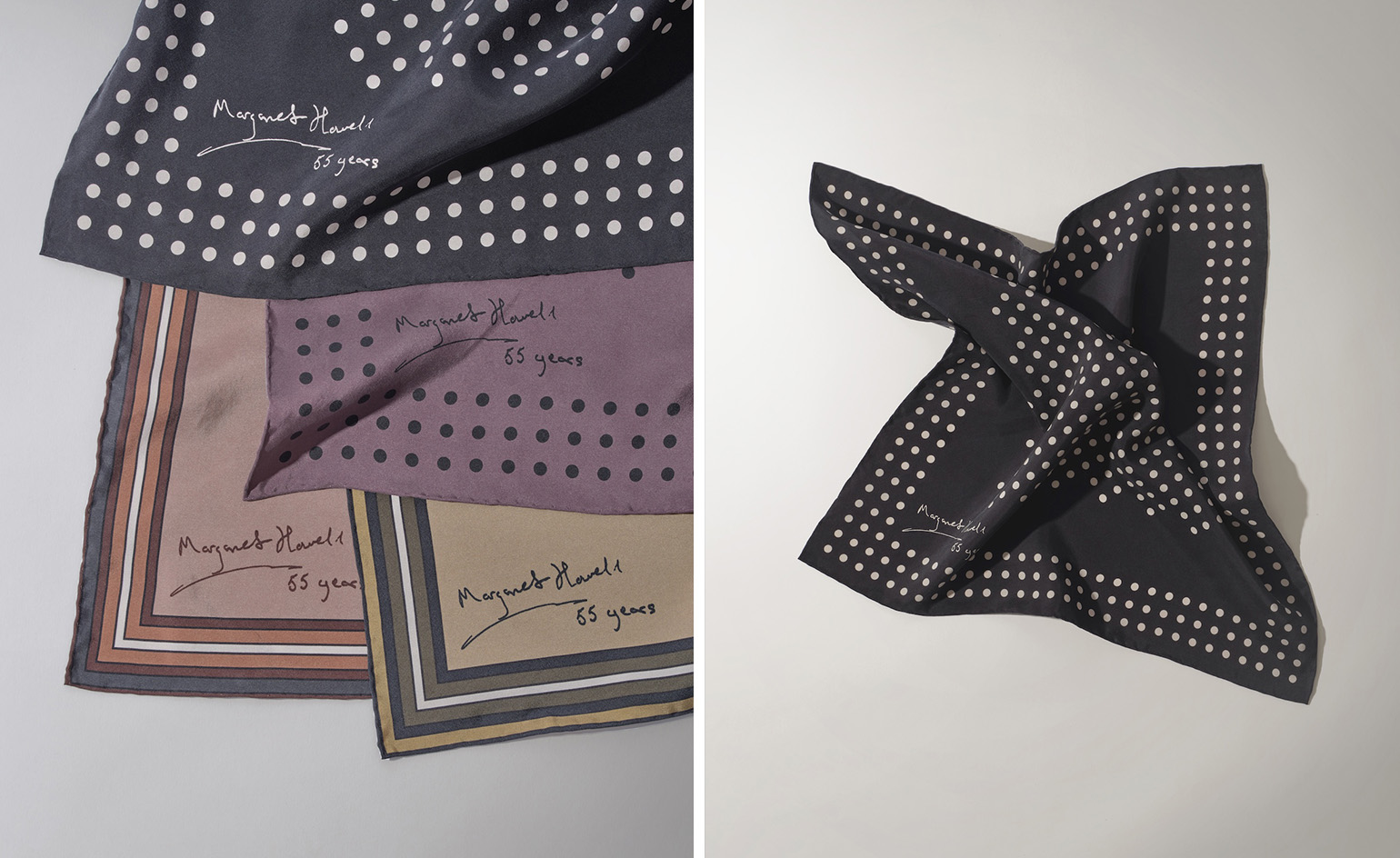 Margaret Howell marks 55 years in business by reissuing pieces from her archive
Margaret Howell marks 55 years in business by reissuing pieces from her archiveThe stalwart of British design will reissue a series of archival silk scarves to celebrate the landmark anniversary, alongside an era-traversing exhibition of foulards at the brand’s Wigmore Street store
-
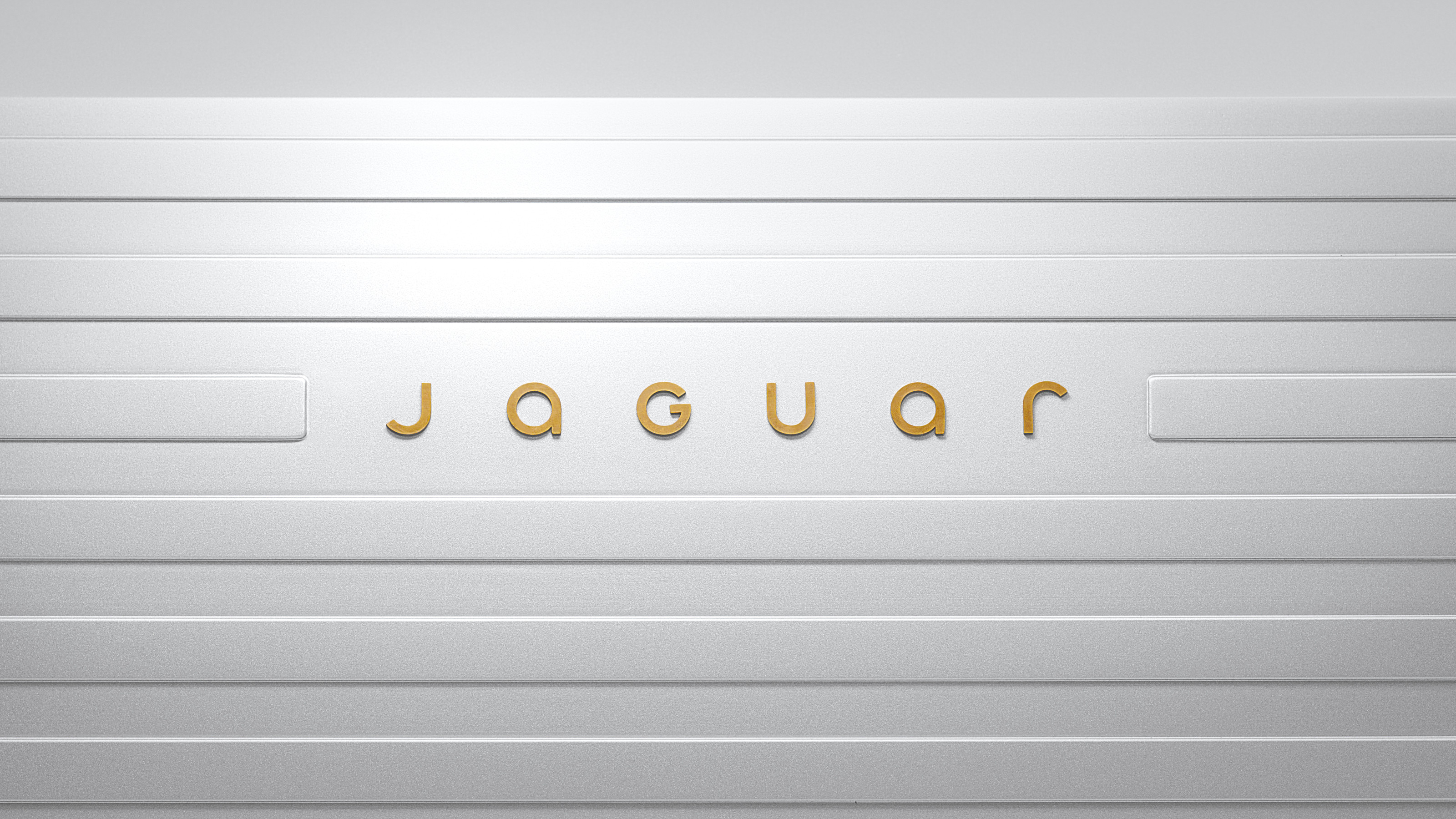 Jaguar reveals its new graphic identity ahead of a long-awaited total brand reboot
Jaguar reveals its new graphic identity ahead of a long-awaited total brand rebootJaguar’s new ethos is Exuberant Modernism, encapsulated by a new visual language that draws on fine art, fashion and architecture
-
 Wallpaper* gift guide: shopping with transport editor Jonathan Bell
Wallpaper* gift guide: shopping with transport editor Jonathan BellFrom a spin on the Lego Ideas Orient Express to the world's most stylish e-scooter, practical meets playful in this on-the-go gift guide
-
 Miami moves: artist Carsten Höller on his pop-up club for Prada
Miami moves: artist Carsten Höller on his pop-up club for Prada -
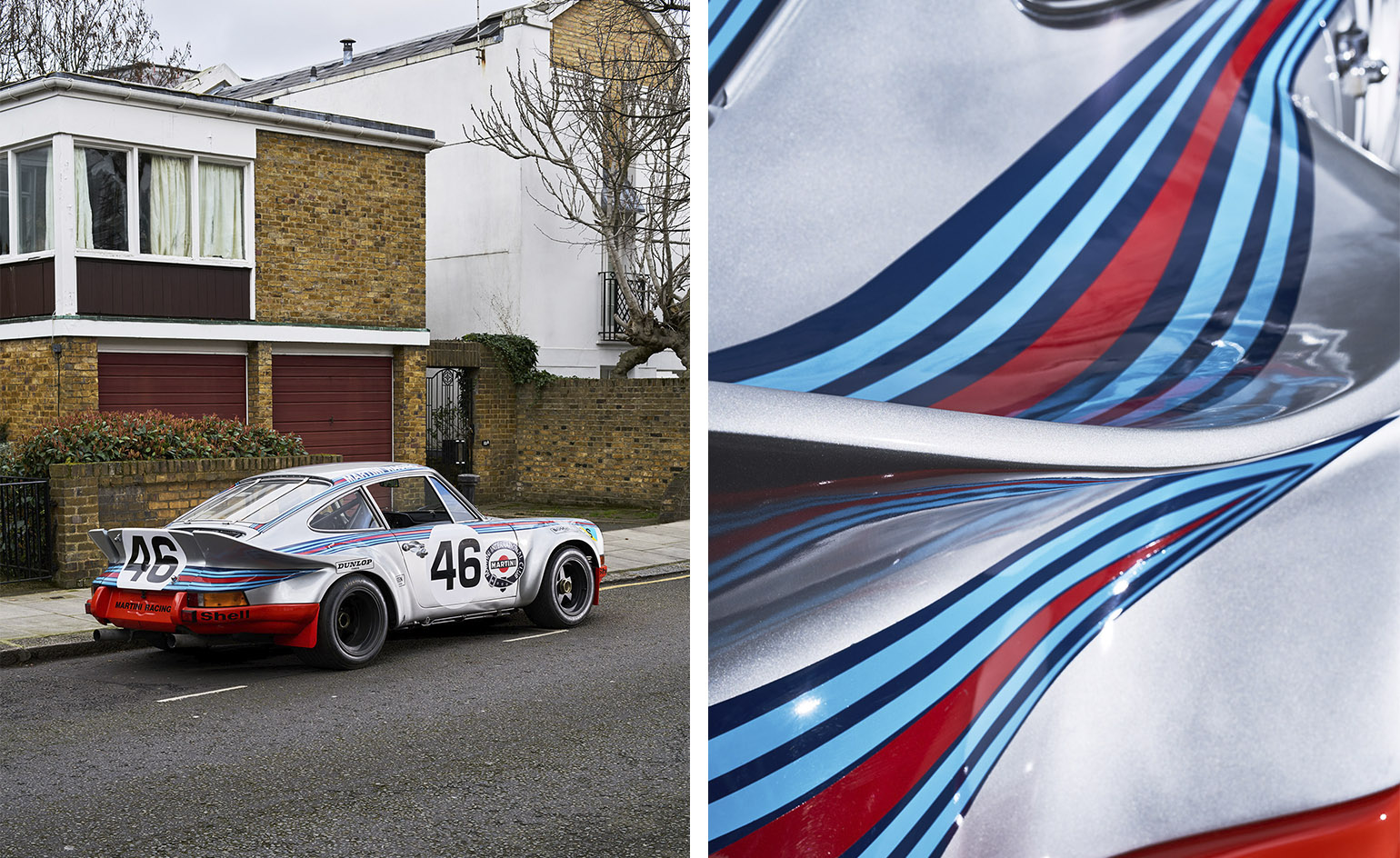 Hot wheels: art dealer Kenny Schachter pops the bonnet on his car collection
Hot wheels: art dealer Kenny Schachter pops the bonnet on his car collection